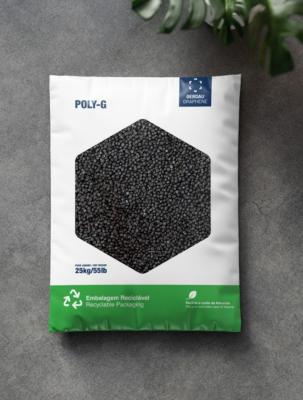First Graphene enters MOU with UAE's EMDAD for Kainos tech development
First Graphene (FGR) has announced it has signed a binding Memorandum of Understanding (MOU) with Abu Dhabi-headquartered integrated services provider EMDAD Group (EMDAD).
The agreement brings the parties together to collaboratively develop and provide a proposal to fund, design, build and commission a small scale, hydrodynamic cavitation reactor using First Graphene’s Kainos Technology. The proposal will ultimately lead to the commissioning of a reactor that will convert petroleum feedstock from oil producers to battery grade graphite, graphene and hydrogen.
